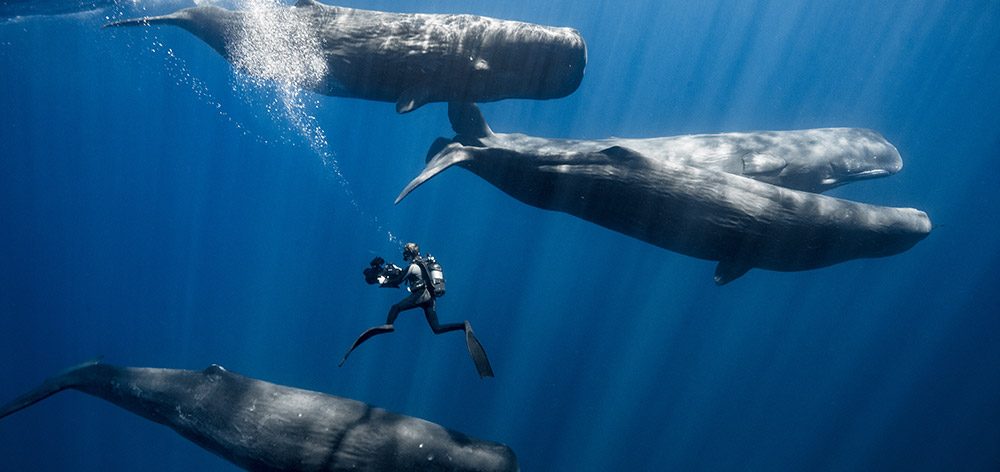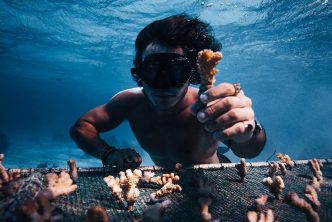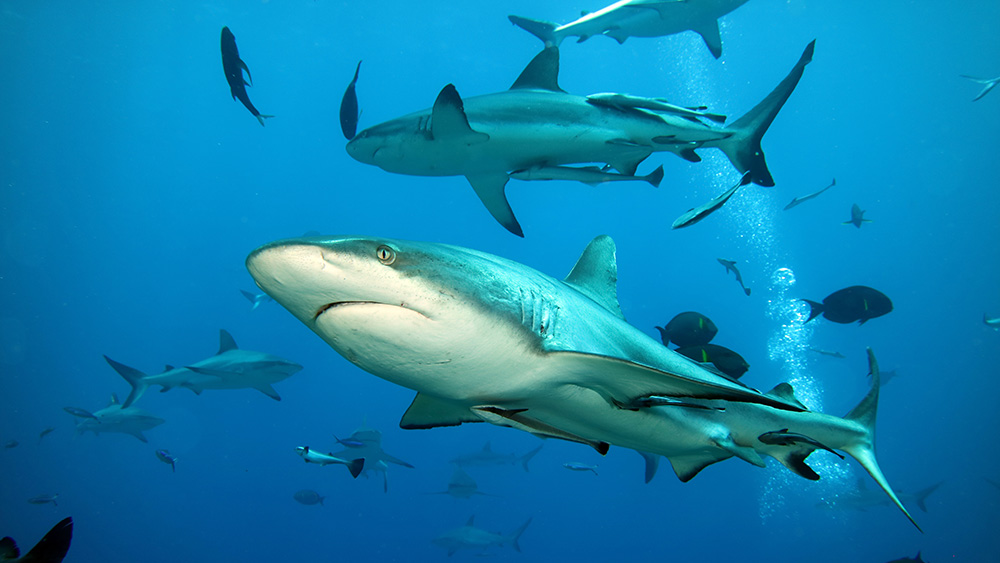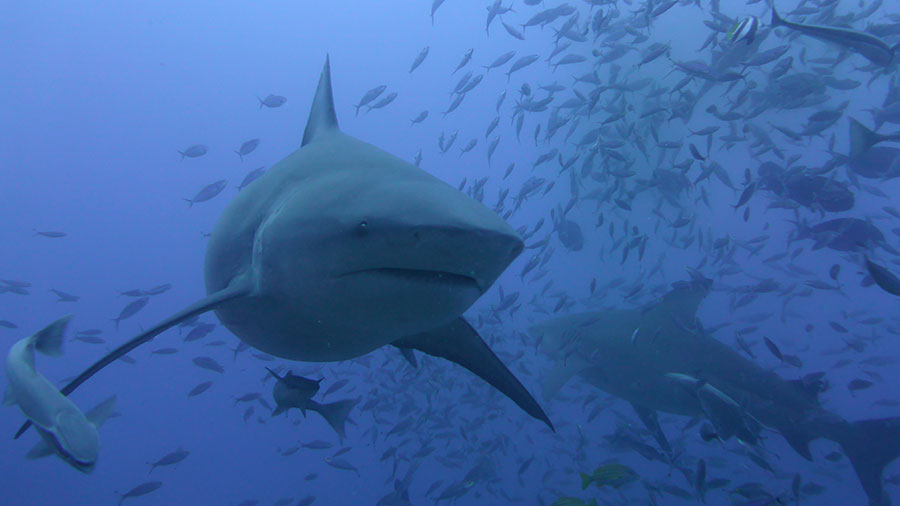Scuba diving is one of my passions. The privilege to slip beneath the surface and see a world where few humans get the chance to experience is one that I never take for granted.
I’ve witnessed some amazing sights, like a grey shark feeding frenzy in the Coral Sea and octopus mating at my local dive site of Julian Rocks-Nguthungulli in Byron Bay.
One that’s eluded me though is seeing whales on a dive. Sure, I’ve heard them swimming in the distance, but I’ve never seen them with my own eyes. I refuse to accept it’s my poor long-distance eyesight to blame; I just haven’t been at the right place in the right time.
With World Whale Day on February 20, what better excuse to discover the sites I should to focus my attention on if I ever want to witness these gentle giants of the deep.
Saving me time, PADI (Professional Association of Diving Instructors) has compiled a list!
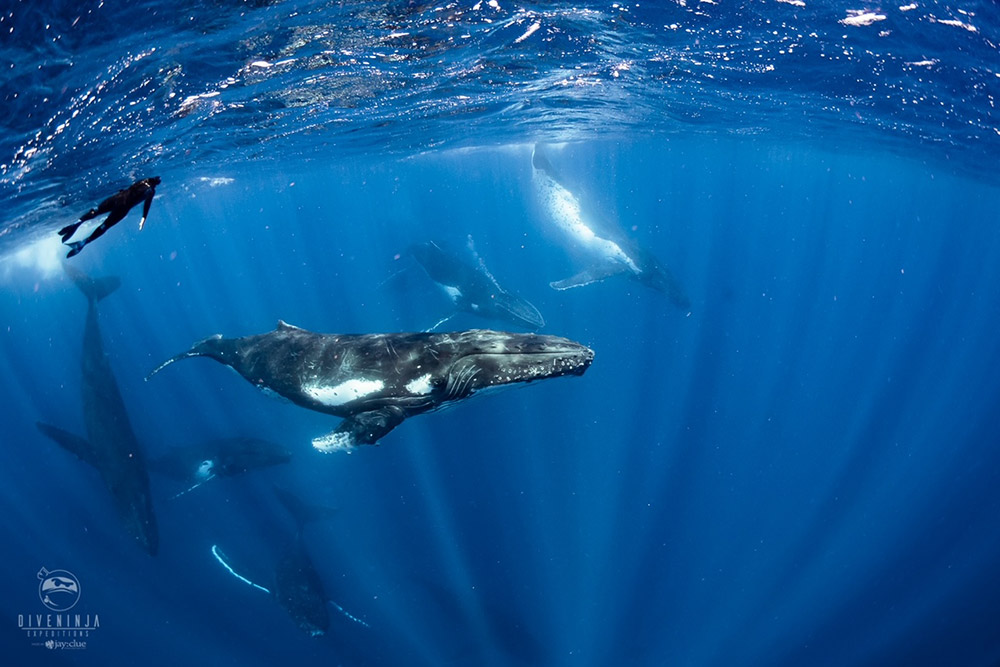

Want to know where to see orcas, humpbacks or sperm whales in person? Read on.
Orcas
You probably gathered this from Free Willy, by orcas are highly intellgient creatures, with the amazing ability to hunt down prey, like white sharks! These whales travel in groups of approximately 40, meaning if you come across one, you’ll likely get to see plenty more!
Norway: October – February
Tromsø in the far north of Norway is possibly the ultimate location to witness orcas in their natural habitat – due to their immense concentration of herring, a plethora of orcas are gathered to a single geographical location. Orcas stay quite close to the surface, so scuba diving is not as common; but snorkelling and swimming during the winter months are.
Baja California Sur: Year-round
The waters of Baja California Sur allow many opportunities to swim with a variety of marline life. Among those beauties are orcas. There is an amazing trip with PADI Dive Center Dive Ninja Expeditions to discover areas off the coastline where orcas they live and hunt.
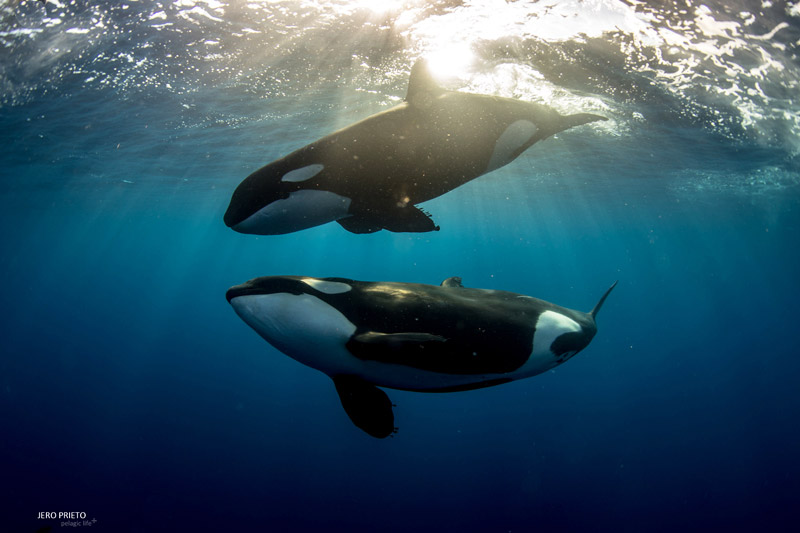

Sperm whales
Sperm whales are the greatest in size among the toothed whales. Distinguishable by their enormous forehead, they have even been known to grow up to 60 feet long. Though giant in size, these creatures are gentle and are occasionally fascinated with human interaction.
Sperm whales can be shy and tend to dive quite deep in the ocean. So, if you have any hope of swimming with them, you’ll probably need to do it when they’re asleep (with one eye open). How do you know they’re asleep? Because they’ll be ‘standing’ upright.
Dominican Republic: Winter Months
During winter in the Caribbean isles, female Sperm whales and their calves can be seen off the shores of the Dominican Republic, midway between Guadeloupe and Martinique islands. To swim with sperm whales, you’ll need a permit and should know that only snorkelling is permitted. It’s also mandatory to be accompanied by a licensed operator.
Sri Lanka: February – April
Sperm whales can be seen off the northern coast of Sri Lanka from February to April. To swim with these beautiful creatures, tour operators are required to get a permit from the Sri Lankan Government, with most tours are centred around whale watching.
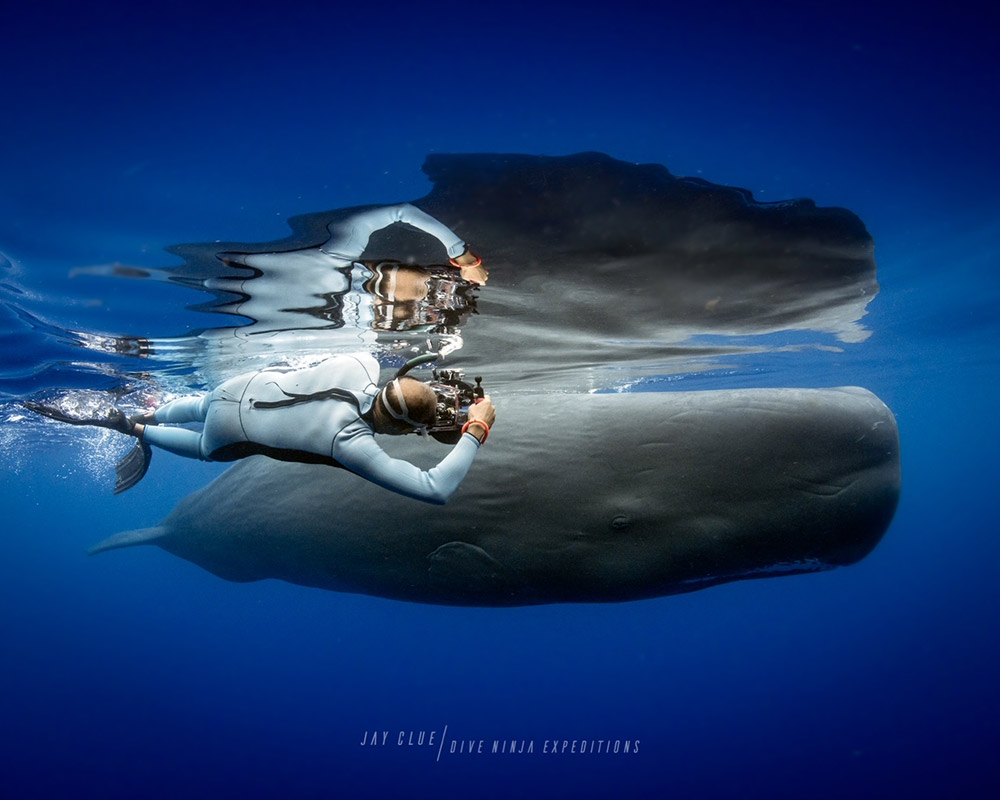

Humpback whales
Humpbacks are renowned for their acrobatic skills and hypnotic songs. Growing up to 50-60 feet in length, they’re powerful swimmers and love to have fun. My hometown of Byron Bay is an amazing spot to view humpbacks on their annual migration from June to November.
Tonga: July – October
Throughout July to October, humpback whales travel to Tonga from north Antarctica so that they can mate and calf. Each year, there are only few boat operators that can get permits to be near them, and these boats are only allowed to board a few people.
Tahiti, French Polynesia: August – October
Humpbacks whales will travel to Tahiti between August to October each year to birth and calf in the tranquil and cosy waters, located off the island. At present, French Polynesia is classified as exclusive economic zone (EEZ) and shark sanctuary, so as to guard the life of its remarkable marine species.
Ningaloo, Western Australia: June – November
Every year in June to November, roughly 40,000 humpback whales relocate to Ningaloo to feed at the poles (coastline of Ningaloo Marine Park). Blossoming with coral, Ningaloo is also a great spot to view other wildlife, including turtles, dolphins, and of course, rays.


